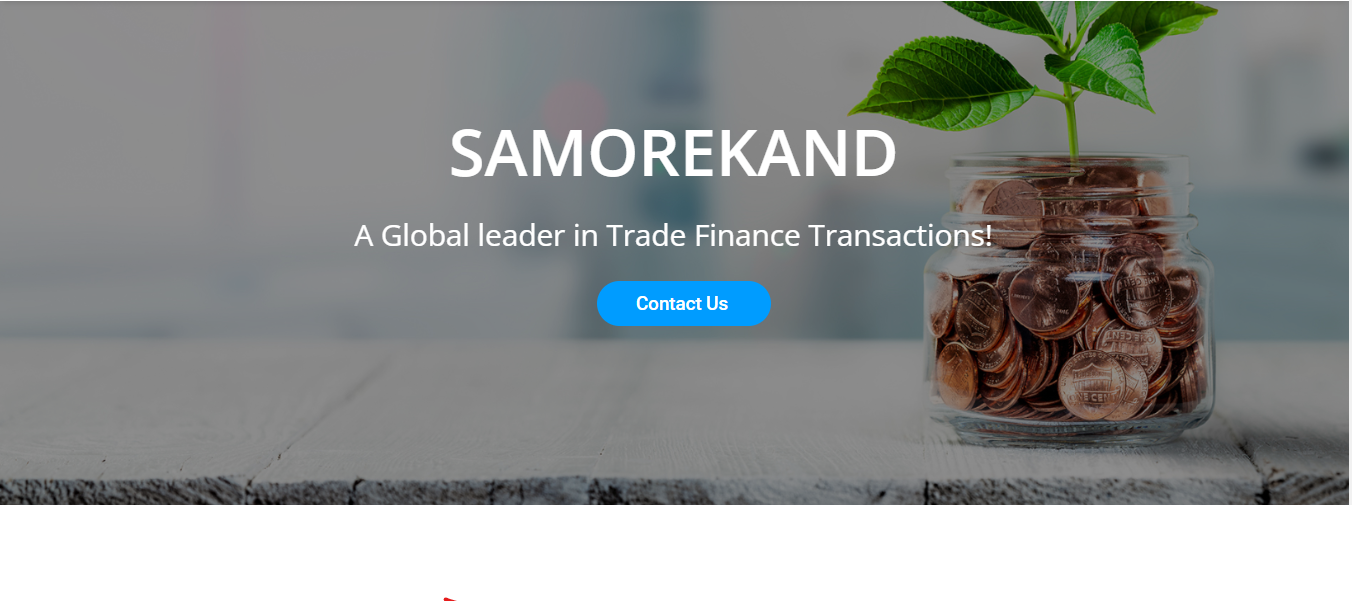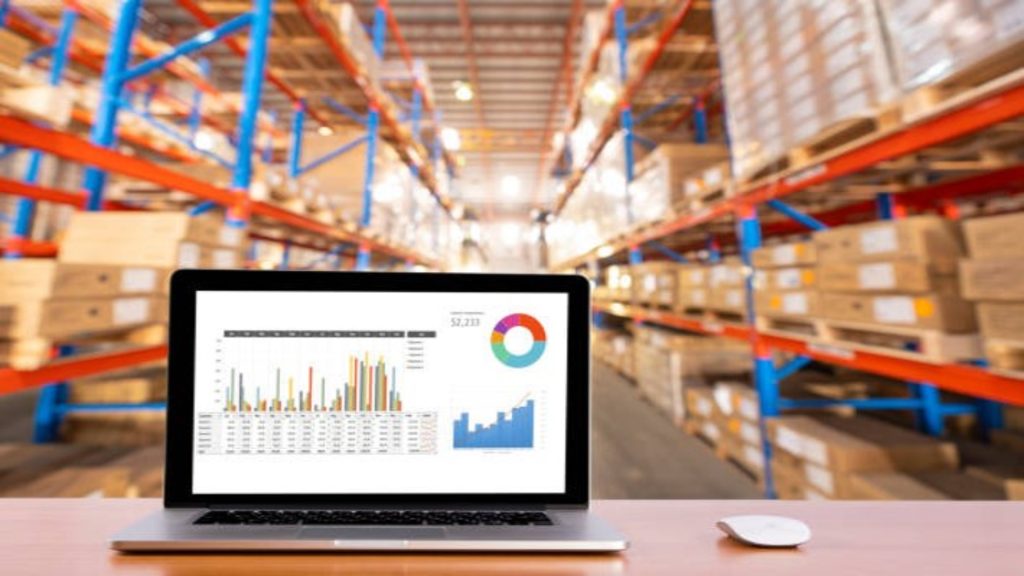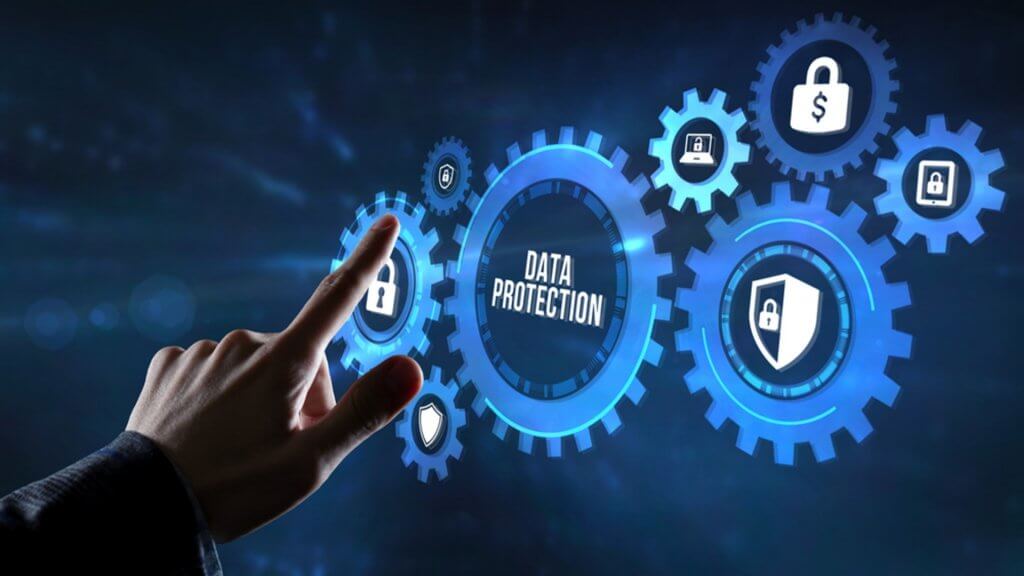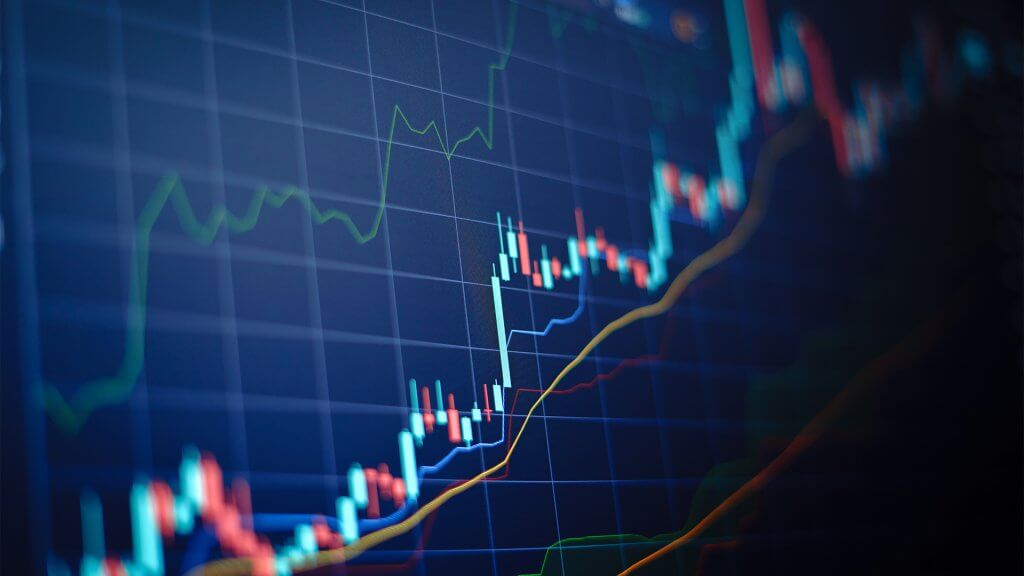PPP Overview & New Opportunities
The Investor
The Investor must qualify and prove that they own the funds/assets. The Investor must have full control over the funds/assets. The Investor also has to qualify to participate in the program. Samorekand Trade Finance consultative procedure will look to advise the investor of the best-matched pathway to qualification.
The Funds
The funds must qualify as free and clear funds with no liens or encumbrances. The funds must be on ledger and freely accessible. Other asset types may need to be monetized first before placing on trade and establishing the LTV that will be offered against the asset.
The Banks
The Investor’s Bank must also qualify and be cooperative, having an acceptable bank rating and the bank’s asset base must also be acceptable to the Trading Group, Program Manager, and Trader. Samorekand Trade Finance will work with the investors to establish a pathway for investing funds if they are in a non-preferential bank or institution. Banks do this sort of lending every day, however, when the amount gets higher, it gives banks the power to create money. PPP involves trading with discounted bank-issued debt instruments which defer payment obligations, or debts. Theoretically, any person, company, or organization can issue debt notes. Debt notes are, in a sense, deferred payment liabilities. The PPP market is changing and it is no longer limited to governments and MTN, also, industrial companies and banks can issue their own debt instruments. Debt notes such as Medium Terms Notes (MTN), Bank Guarantees (BG), and Stand-By Letters of Credit (SBLC) are issued at
discounted prices by major world banks in the amount of $-billions every day. All trading programs in the PRIVATE PLACEMENT PROGRAM area include trading with discounted debt notes. Furthermore, to bypass the legal restrictions, this trading can only be done on a private level. This is the main difference between trading with PPP and “normal” trading, which is highly regulated. PRIVATE PLACEMENT level business transactions are free from the usual restrictions in the securities market. It is based on reliable, essential, special relationships and protocols.
However, none of these programs can be started unless there are sufficient funds to support each transaction. At this point, the customer is needed, because the banks and the covenantees are not allowed to trade with their own capital or with the capital of the customers, as long as they do not have sufficient funds.
A PPP is created between a financially qualified client, usually with $100m cash in a top-rated bank. As the traders cannot use their own money to buy and sell the debentures, the client becomes a third-party source of funds, which remain in the client’s account for safety. The trader obtains a trade credit line, which is usually non-recourse, non-repayable, and non-depletion, thus ensuring that the underlying client’s capital cannot be touched. The trader then uses the credit line to show proof of funds before executing the first stage of buying the newly issued debentures at a discounted rate. Within the first stage buy/sell, profits are generated when the trader then re-sells the debenture at a higher price. This has been predetermined in advance with the second-stage buyer. This second buyer may be another trade group or hedge fund, pension fund, trust, foundation, or institutional buyer. When the profits are generated, most typical PPPs can generate a return to the client of 100 percent of the amount in trade and more. The obvious question is how they pay out these kinds of profits. Leveraging the credit line can result in a 10x purchase of paper. For example, if the client has $100m and the credit line is $80m, the trader buys $1bn in face value of the paper. As the trader buys, then sells, $1bn of face value, a profit is generated above and beyond the credit line, out of which a portion of the profits are paid to the client under a contractual trade agreement. It is expected that the client will use much of this profit to fund projects that have humanitarian, infrastructure, or environmental benefits. Some programmes do not have a project requirement, however. This system originally came out of World War II. This is one of the systems that paid for the rebuilding of Europe after the war. Since that time, various iterations of debenture trading have been created, but the essence remains the same. It is also important to note that this is not stocks, bonds, or other conventional securities trading. With the world in dire need of funding for essential projects to benefit countries and people, this system is used by various authorities to fund such projects. For example, funding is used to build and operate UN hospital ships and to aid Haiti’s recovery and other affected countries in dire need. Funding helps projects globally, such as waste to energy, sustainable green energy, rebuilding and improving healthcare, roads and transportation projects, and many other projects. Many of the qualified clients that apply for a programme already have projects they wish to fund. One feature of the funded projects is that they do not have to be non-profit entities to participate. Projects that meet the test can be profitable ventures while providing benefits to their communities. Once a qualified potential trade client is accepted for consideration, normal due diligence is done on both the principal and the funds in the bank. Some clients will have bank instruments from a top-rated bank in the form of cash-backed standby letters of credit or bank-issued medium-term notes. With the right documentation, it may also be possible to have a trade credit line placed against such an instrument. These programmes offer an alternative to traditional funding sources that are commercially available, though becoming approved and accepted requires care and attention to the details in an application. The programme providers do not just accept any application. There are stringent rules of engagement that the would-be client must be aware of, and which must be followed. The approval rate for entry is very low. Perhaps 0.001 percent of applicants make it through the compliance gauntlet. Because the actual trading activities are regulated and scrutinised, any error can cause a declined application. The successful client perfects the documentation in the manner it is needed. In addition, sometimes a client may behave in a way that is not conducive to the trader and his willingness to engage in a relationship. The trader is always in the driver’s seat and can turn away a less-than-ideal client. This also means the client needs to be collaborative and meet the trader’s requirements. The goal is to be accepted into a relationship with the trader which will be collaborative and easy, and if all goes well, can lead to a strong long-term relationship. This is where 99.9 percent of applicants fail, particularly if they try to dictate terms, conditions, and timelines. Since a trader is already dealing with several other contacts each day, they can cherry-pick who they work with, regardless of the client’s stature and position. The start of the relationship begins with the initial contact leading to the trader. The traders do not interact until the paperwork is complete and satisfactory. Some traders have selected one or two trusted people who weed out non-compliant investors. Sometimes intake officers will be used to cull businesses not conducive to the trader’s interests, personality, or willingness to engage. The intake officer, or the trade group representative receiving a client set of documents, is not allowed to quote profits or specific information about the trader until the first stage of documentation, which consists of the client’s ‘know your customer’ files, proof of funds from the client’s bankers, and certain other documents the trader needs to make a complete dossier. Once a client presents its paperwork correctly, research is done by the trader’s compliance team to verify the eligibility of the client to be considered for a programme, along with the adequacy and acceptability of the dossier. This process, depending on the trader’s workload, can usually happen in 24 to 72 hours. Once successfully completed, a contract is drafted and then presented to the client principal. If all is acceptable to both parties, the programme is scheduled to begin. The only person who can apply for one of these programmes is the actual owner of the money being considered. Mandates and powers of attorney are prohibited when signing the documents. The proof of funds is usually in the form of a current bank statement dated today and signed by two bank officers. Some traders will accept an email directly from the bank officer to the client principal asserting that funds are available.
These are new opportunities that are now available.
– Top Select DIRECT VISA Digital Products – Limited Slots – Amazing Opp – Now Available ***
TOP 5 PRODUCTS: (Consultants receive secured 5% on sender side for each product w Cash Bonus – Inquire)
1. VISA Barclays SBLC
2. VISA Barclays FIN
3. Remote POS Digital Funds Terminal to connect to your merchant account
4. Terminal Loading
5. Card Loading
Contact Email Below 24/7





















